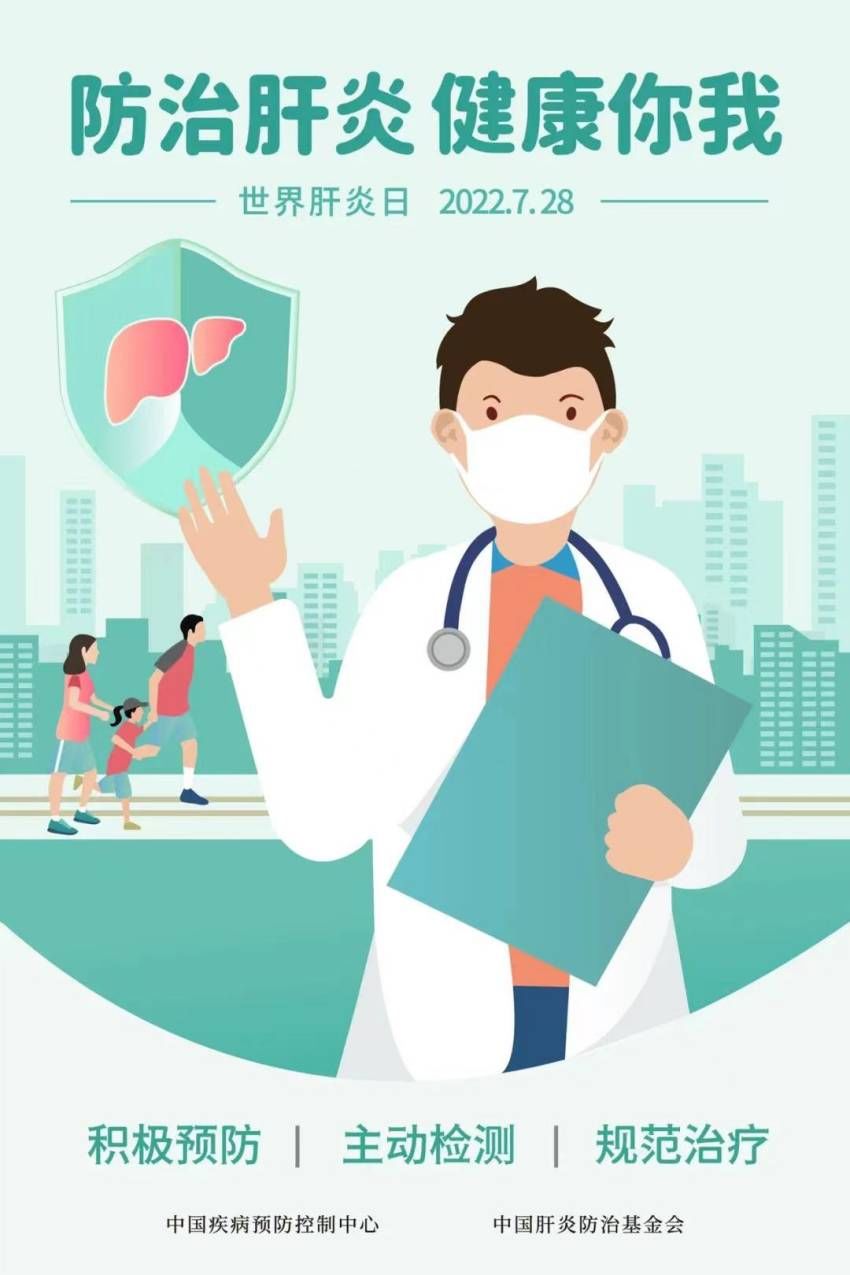This article is reproduced from: People’s Daily Online – Sichuan Channel

July 28 is the twelfth “World Hepatitis Day”. closer to you and me. Among viral hepatitis, “hepatitis E” is called “eating out” hepatitis, and it is also an “invisible killer” that is easily underestimated and ignored. In order to raise public awareness of hepatitis E, on the occasion of World Hepatitis Day, we specially invited Professor Lin Jianmei, chief physician and first-level expert of the Department of Infectious Diseases of Sichuan Provincial People’s Hospital, to explain how to correctly understand hepatitis E.
What is Hepatitis E?
Professor Lin said that hepatitis E is a common acute viral hepatitis caused by hepatitis E virus. According to WHO statistics, about 20 million people worldwide are infected with hepatitis E virus every year, causing about 3.4 million clinical cases and 70,000 deaths. my country is a high-endemic area of hepatitis E, and the reported incidence rate is gradually increasing. Since 2012, the incidence of hepatitis E has continued to exceed that of hepatitis A, ranking first in acute viral hepatitis, and many cases have not been reported due to insufficient diagnosis and testing, so hepatitis E. Arguably the most underestimated and overlooked viral hepatitis.
What are the dangers of hepatitis E infection?
Hepatitis E in general, it mainly causes acute hepatitis, although some people are self-limited, but when encountered in patients with underlying liver disease, pregnant women, and immunocompromised People, the elderly, etc., often cause irreversible serious consequences, which may develop into severe hepatitis and fulminant liver failure. For pregnant women, hepatitis E has a high mortality rate, especially in the third trimester of pregnancy, the mortality rate can be as high as 20-50%. Once pregnant women are infected with hepatitis E, the disease is dangerous, most of them have obvious gastrointestinal symptoms, and jaundice is also relatively severe, which can develop into severe hepatitis, liver failure, hepatic coma, and even life-threatening. Another reason why hepatitis E is so dangerous in pregnant women is that impaired liver function can lead to abnormal blood coagulation and increase the risk of bleeding. It can be seen that the effects of hepatitis E infection on pregnant women and fetuses can be fatal.
In addition, Prof. Lin emphasized that hepatitis E virus infection during pregnancy will also cause miscarriage, premature birth, stillbirth, stillbirth, intrauterine distress, and neonatal asphyxia. The morbidity and mortality of perinatal infants are obvious. Increase. Hepatitis E can also be transmitted vertically from mother to child, possibly resulting in infection of the newborn with hepatitis E virus.
How to stay away from the threat and prevention of hepatitis E?
Professor Lin said that dietary hygiene is the easiest issue for everyone to relax their vigilance. Whether it is women during pregnancy, pregnant women, or the elderly, they all need to pay attention to dietary hygiene. It is recommended that everyone cook at home as much as possible, pay attention to dietary hygiene, and cook seafood and meat. If you must eat out, do not choose unsanitary stalls, do not eat half-cooked mutton skewers, barbecue and other foods.
Pregnant women should stay away from hepatitis E patients, keep away from livestock, reduce contact with raw pork, and do personal protection. There is also a cost-effective way to prevent hepatitis E, that is, women of childbearing age are vaccinated against hepatitis E before pregnancy to obtain protective antibodies, which can effectively avoid the harm of hepatitis E virus.
In addition to high-risk groups of women of childbearing age, there are also patients with basic liver diseases, such as hepatitis B patients, hepatitis B carriers, hepatitis C patients, fatty liver, alcoholic liver, liver cirrhosis, etc. Severe hepatitis, liver failure, and the risk of death are significantly increased. In addition, after the elderly are infected with hepatitis E, the disease is often more serious, the course of disease is longer, and the mortality rate will increase accordingly. Therefore, the elderly population also needs further attention. It is recommended that these groups can be prevented by the form of hepatitis E vaccine. The vaccine is the same as the hepatitis A and B vaccines, and the preventive effect is very good and safe.
Finally, Professor Lin called on all sectors of society to scientifically popularize the knowledge of liver disease prevention and treatment, improve the social and public awareness of liver disease, know and love liver, pay attention to dietary hygiene and liver disease prevention, and actively treat after infection , early and effective prevention and treatment of hepatitis and its complications. (Zeng Ya)
